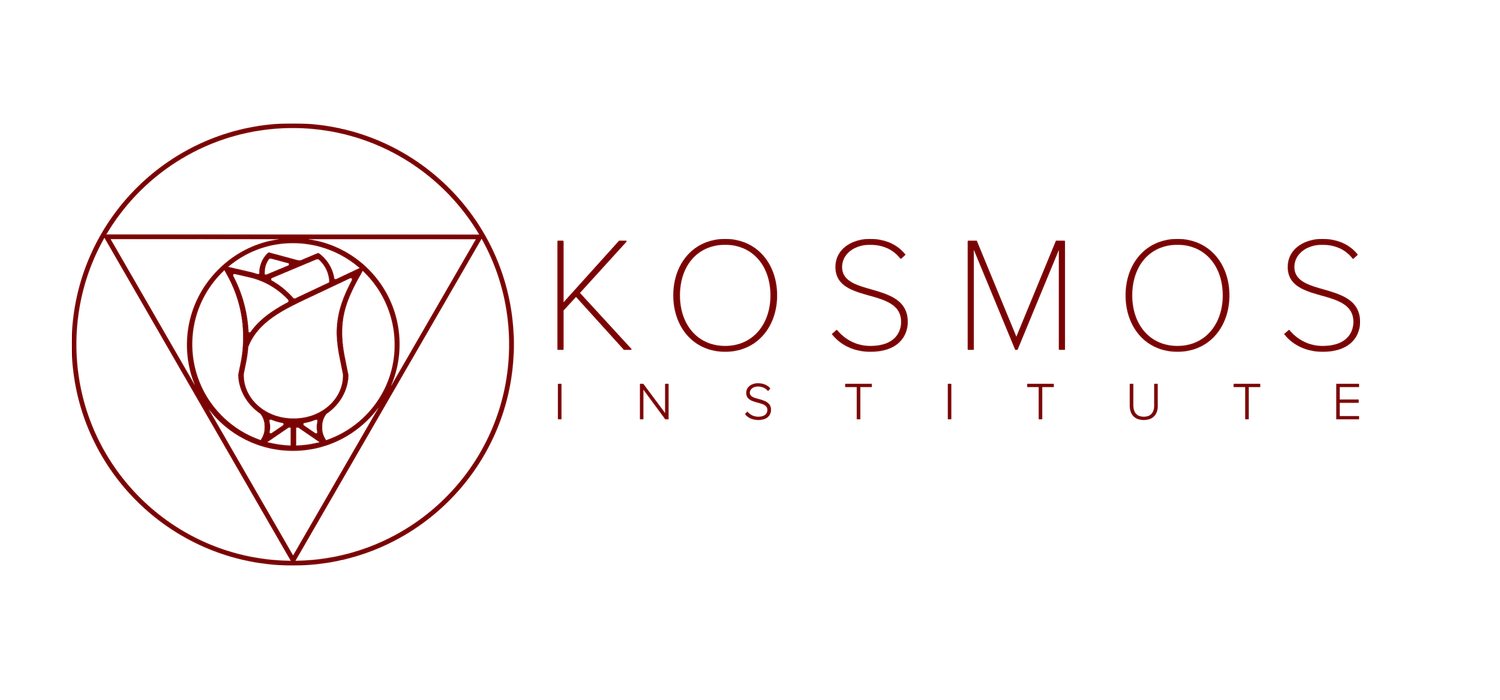James Hillman: Psychology, Archetypes, & Mythology
James Hillman was a prominent post-Jungian thinker and writer who founded the depth psychological approach known as Archetypal Psychology. He built on Jung’s understanding of the archetypal background of the psyche and took the mythic imagination to be the primary means by which we may access this background. This made him, in many respects, the world’s most mythological psychologist.
James Hillman, a pioneering figure in post-Jungian psychology, is renowned for founding archetypal psychology, a transformative and innovative branch of depth psychology. Hillman expanded upon Carl Gustav Jung’s foundational insights into the archetypal dimensions of the human psyche, pushing the boundaries to establish a psychology deeply rooted in myth and imagination.
Hillman diverged from the Freudian and Jungian tradition by selecting the myth of Eros and Psyche as the symbolic basis for his psychological framework. Unlike Freud’s Oedipus myth, which centers on familial conflict and repression, or Jung’s heroic individuation, Hillman emphasized the complex interplay between love (Eros) and soul (Psyche). He argued this myth provided a more nuanced narrative for contemporary psychological experiences, grounding human identity not solely in rationality or heroic accomplishment, but in the soulful intricacies of love, loss, beauty, and struggle. Central to Hillman’s methodology is "soul-making," a term describing the process of deepening and enriching human life through the careful cultivation of psychological images and imaginative engagement.
Archetypal psychologist, James Hillman, explains why thinking we are separate from nature is a mental disease.
A hallmark of archetypal psychology is its polytheistic approach, highlighting the multiplicity of archetypal energies and patterns. Hillman identified key archetypes, such as the Senex (the old man) and Puer (the eternal youth), to illustrate the dynamic tensions between past traditions, present experiences, and future possibilities. These archetypal polarities enable a rich understanding of psychological conflicts, driving individuals toward greater awareness and self-knowledge.
In his influential work, Re-Visioning Psychology, Hillman explores the importance of personification—the natural propensity of the psyche to experience itself in imaginal forms. Rather than conceptualizing psychological phenomena as abstract problems requiring solutions, Hillman encouraged a dialogue with these imaginal figures, suggesting that personal and collective challenges could best be addressed by recognizing their mythic dimensions. This profound shift allows individuals to acknowledge deeper psychological truths and to relate to life's challenges more creatively.
James Hillman’s groundbreaking opus magmum,Re-Visioning Psychology, widely regarded as the fundamental text of archetypal psychology.
Another critical dimension of archetypal psychology involves what Hillman termed "pathologizing." Instead of viewing psychological distress solely through the lens of clinical disorders, Hillman advocated seeing symptoms as essential expressions of the soul’s complexity and depth. Symptoms are thus not merely indicators of dysfunction but serve as meaningful communications about what the soul requires for genuine growth and transformation. This compassionate, soul-oriented perspective fosters acceptance and deeper introspection into life’s inevitable suffering and challenges.
Hillman’s insistence on "psychologizing"—seeing through surface appearances to underlying archetypal presences—further demonstrates his innovative contribution. He emphasized continually returning to mythological narratives to uncover and interpret the psychological significance behind life’s events and cultural phenomena. For Hillman, this mythological lens was not merely symbolic but profoundly transformative, reshaping our understanding of ourselves and our society.
Archetypal psychology, under Hillman’s guidance, also addresses pressing contemporary issues, such as digital immersion and societal submission to abstract systems and titanic forces. In examining modern problems through archetypal myths like the Titans, Hillman’s work critiques our contemporary culture’s obsession with endless growth, consumption, and technological domination. By understanding these patterns mythologically, he hoped individuals and societies could better navigate the complexities of modernity, fostering healthier psychological and social dynamics.
James Hillman's archetypal psychology represents a revolutionary shift from traditional depth psychology, emphasizing imagination, mythic storytelling, and soul-centered reflection. His groundbreaking perspective not only expands the horizons of psychological theory but also provides meaningful tools for navigating the complexities of modern life. Through his rich mythological framework, Hillman invites an ongoing conversation with the deeper, imaginal layers of human existence, profoundly enriching both individual lives and collective experience.
Week Three Lecture From: James Hillman and Archetypal Psychology: The Return of the Gods
Learn About James Hillman and Archetypal Psychology With Dr. Glen Slater
Glen Slater, Ph.D. has been a long-time core faculty member at Pacifica Graduate Institute, most recently chairing the Jungian and Archetypal Psychology Program. He is the author of Jung vs Borg: Finding the Deeply Human in a Posthuman Age (2024), editor of the third volume of James Hillman’s Uniform Edition, Senex and Puer, co-editor of the essay collection, Varieties of Mythic Experience, and has written a number of articles and book chapters for Jungian publications. His research and writing interests concern Jung and film, the psychology of religion, and depth psychology and technology.



